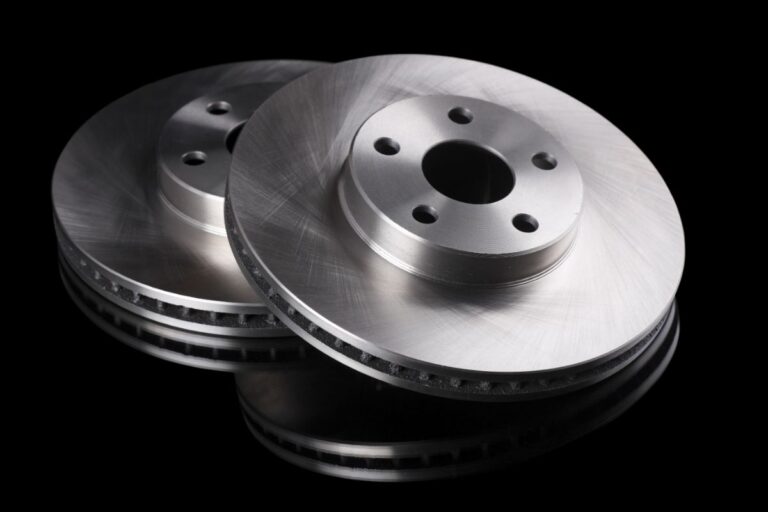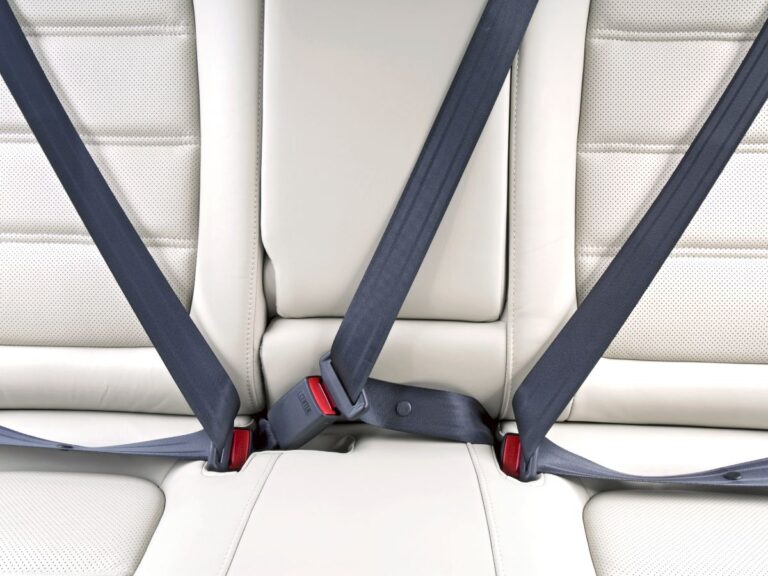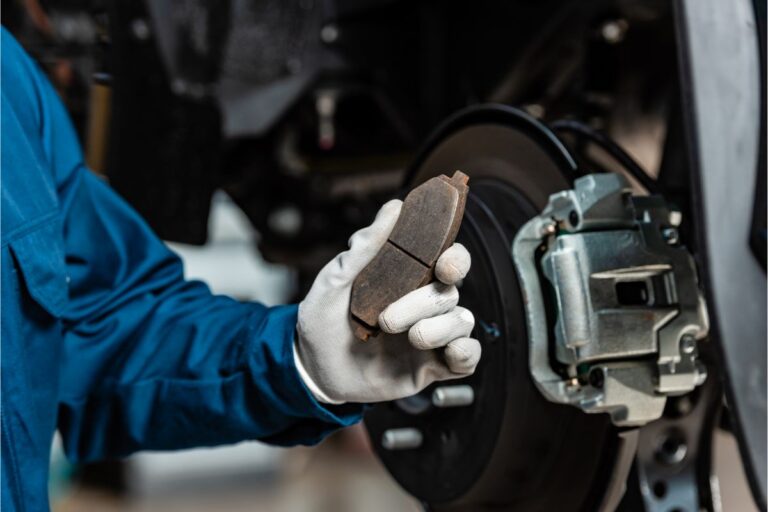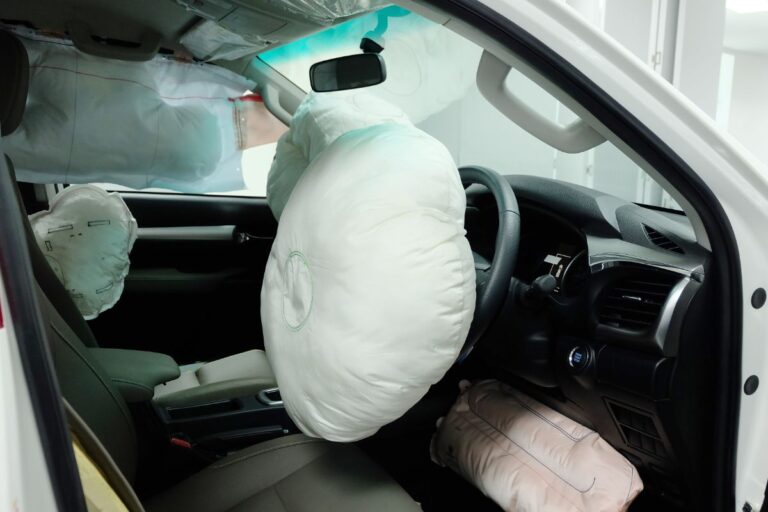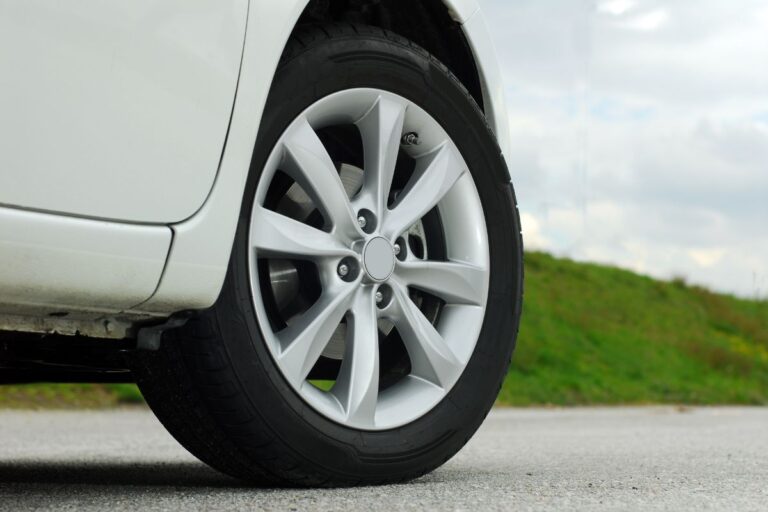When you purchase a vehicle, you might intend to use it for your commute or driving the kids to sports practices, but eventually, you need to use it for hauling items or animals. Typically, this creates a potentially messy situation that could stain your vehicle’s interior. A bath towel might offer a large enough coverage for the trunk of your sedan or the cargo area of an SUV with all of the seats in use, but what happens when you fold down the seats?
You don’t want the seat backs ruined with dog pee or tears from lumber or boxes. Installing a cargo liner that covers the typical cargo area and the seatbacks offers a solution. These items come in a range of colors, textures, materials, and sizes.
You can purchase them made to fit or cut to fit. The auto industry and its after-market parts suppliers offer an unfathomably wide array of choices. Auto parts manufacturers make two main types of liners for vehicle cargo areas.
Choose from all-weather cargo liners or carpet cargo liners. Some organizations refer to the latter as carpet mats, floorboard covers, or floorboard mats.
1. All-Weather Cargo Liners
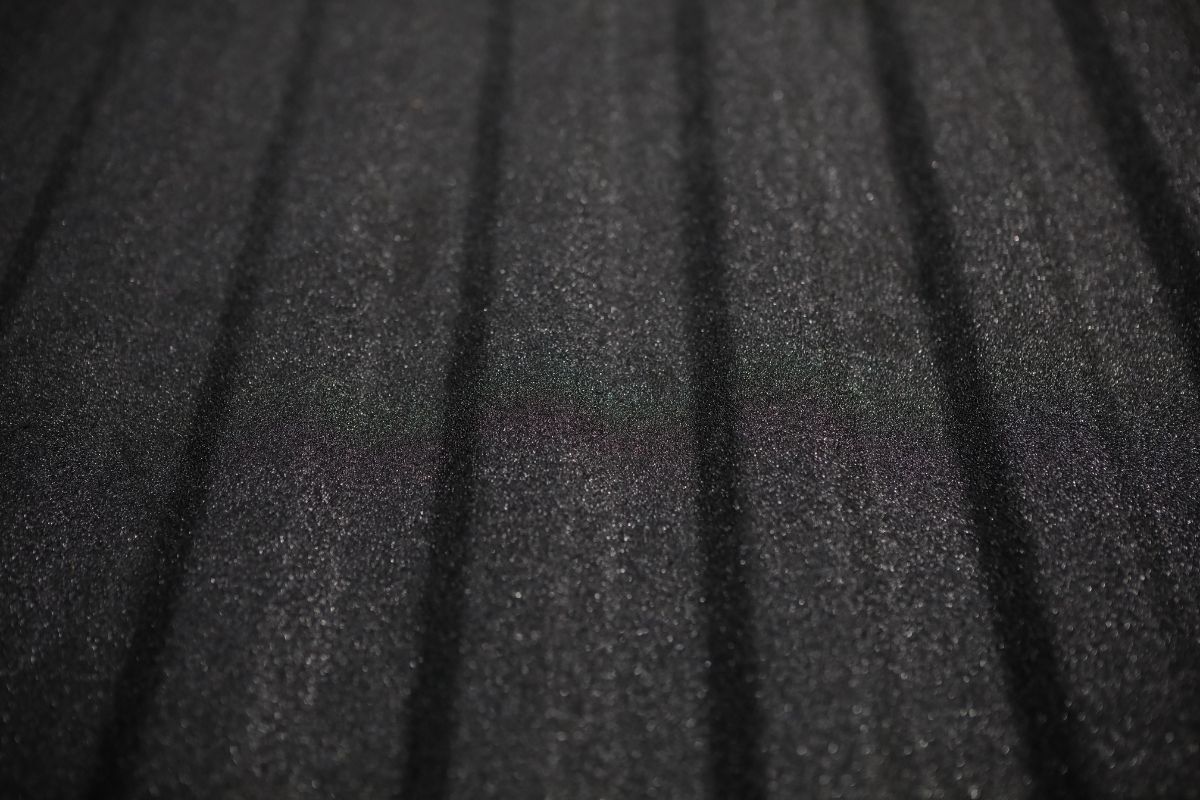
The phrase all-weather cargo liners refer to plastic and rubber liners that resists mud, grease, water, snow, ice, and other potential carpet staining substances. Typically molded on a form to fit specific vehicles, these offer a precise fit and completely cover the vehicle’s cargo floor area. Some companies, such as Husky Liners offer a custom-tailored design to cover every inch of the car trunk or rear cargo area.
You can also find manufacturers that produce these liners in colors to match most automakers’ upholstery colors. To clean these liners, remove them from the vehicle and hose them off with a watering hose or sprayer. Let them dry on a clothesline or in the sunlight.
2. Carpet Cargo Liners
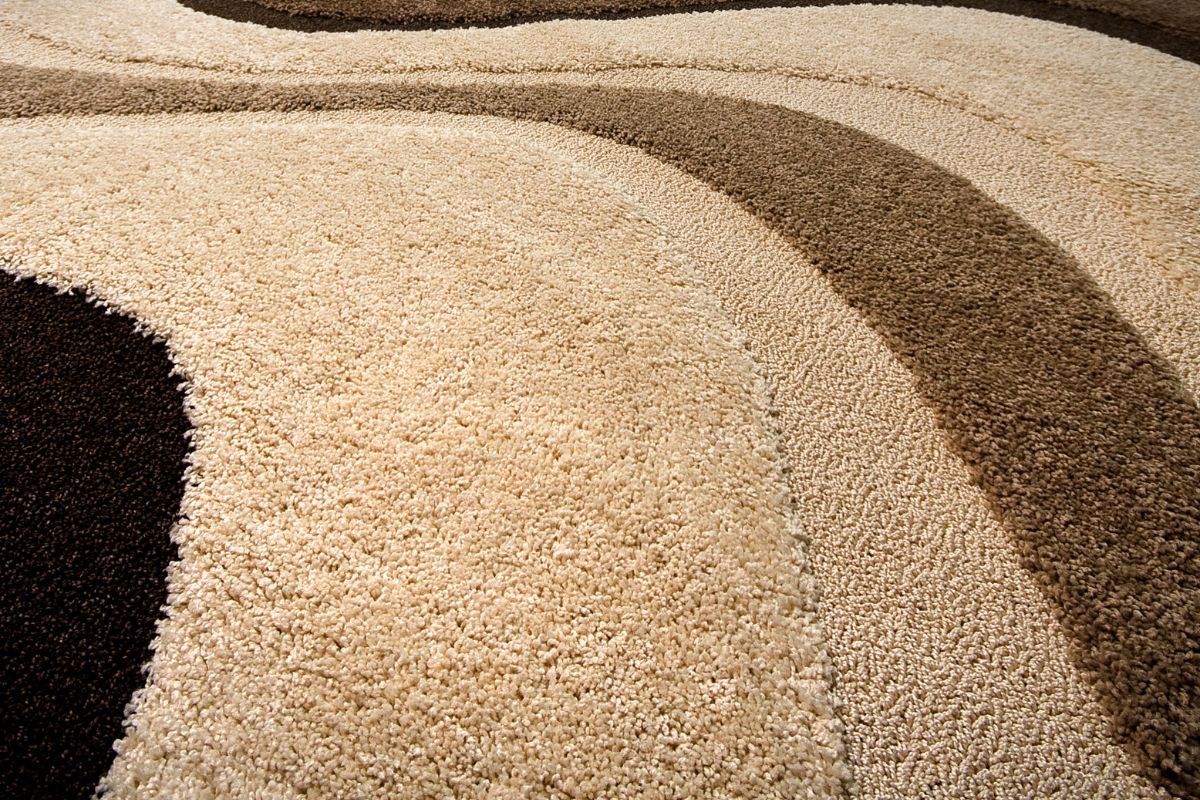
The phrase carpet cargo liner refers to plush and pile carpeting liners that resemble a rug you’d place in a home or office. Typically, manufacturers craft these rug liners from polyester blended carpet fibers or high-quality nylon carpet fibers. Regardless of the materials used, these liners receive stain guard treatment.
This style of cargo liner allows you to offer a softer cargo area flooring and a designer look. Whether your pets or breakable items travel in the cargo area, you’ll appreciate the extra padding. Your pets will, too.
Some of these liners also feature a raised edge, similar to the lip on the all-weather liners that help with spill containment. Some companies, such as Intro-Tech offer cargo liners in a wide array of colors that exactly match the vehicle manufacturer’s interior upholstery colors. Other companies, like Lloyd’s Mats, offer custom-embroidered cargo liners to create a custom look.
To clean these liners, remove them from the vehicle and machine wash them in color water with bleach-free, color-safe detergent. Dry them on a clothesline or the low setting in a dryer.
Materials Used to Make Cargo Liners
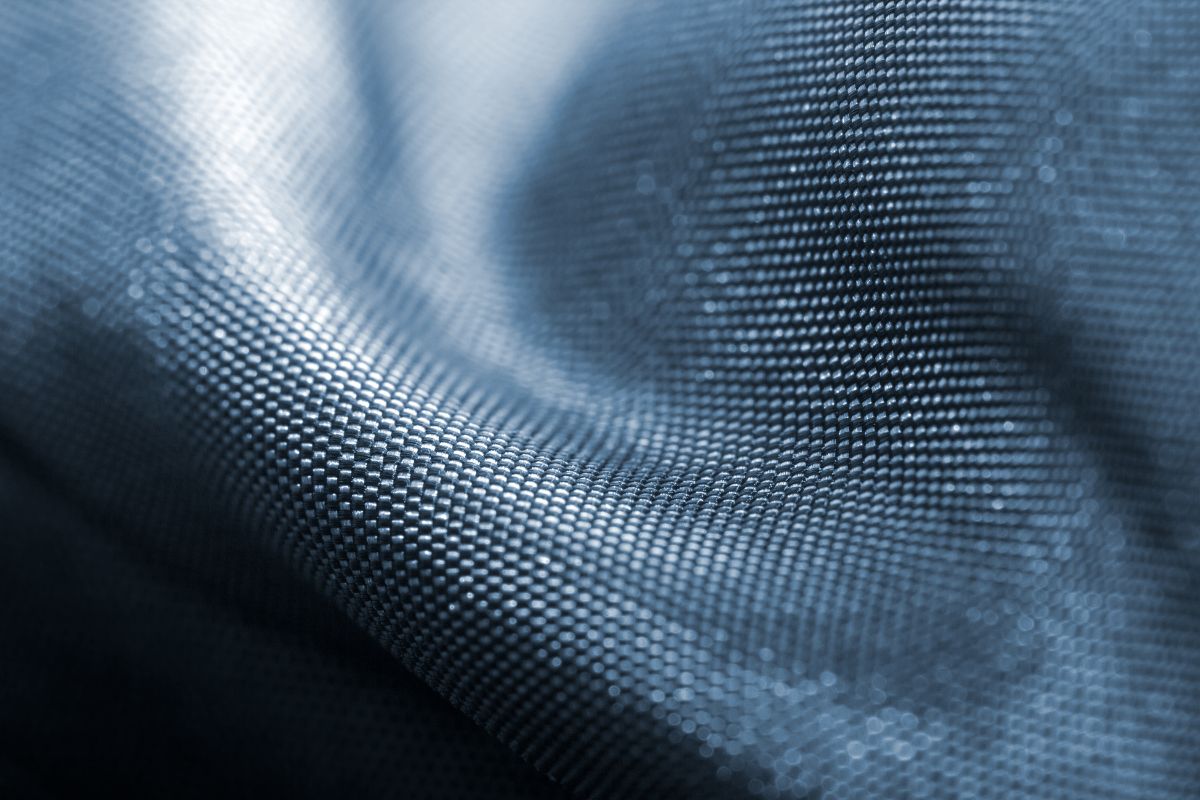
Cargo liners come in a variety of materials, too. Eight common materials comprise the majority of cargo liners, but others exist. Some individuals create their own liners by cutting a large piece of cardboard to fit the cargo area of their vehicle.
This quick and dirty solution lets an individual who only needs to line their vehicle’s interior cargo area or truck bed once, do so cheaply. Others use a furniture movers blanket as a temporary solution. While both of these options work on a one-time basis, you probably don’t want to have to use something temporary if you’ll need to haul items or pets in the cargo area frequently.
That would mean cutting a new liner every time you need to haul something. Instead, look for a permanent liner made of one of the eight most common materials.
1. Rubber Cargo Liners
Cargo liners may use typical rubber, such as that used by automakers in creating floor carpets or floormats. These liners offer the same performance features that a floor carpet does. They rarely stain and you can hose them down to clean them.
2. PVC Cargo Liners

PVC stands for polyvinyl chloride and this synthetic plastic polymer appears in millions of products worldwide. Environmentalists dislike it though for the processes required to make it. It does provide a tough, resilient material though, that withstands stains and tearing.
You can hose these down to clean them.
3. Tri-extruded Plastic Cargo Liners
Plastic extruded products cost a little more, but they perfectly fit the cargo area or truck bed. Typically, products featuring a lip or raised edge used the extrusion process in their manufacture. These liners went through a molding and shaping process that formed them and sealed their shape permanently.
You can hose these down to clean them.
4. Nylon Carpet Fiber Cargo Liners
Forget the fancy wool carpets you use in your home. A wool carpet cargo liner wouldn’t last long without damage as a cargo liner. Nylon carpet cargo liners work great though because they offer a tough, durable material that comes in a number of colors and prints.
If your pets will frequently travel in the cargo area, nylon won’t offer them a soft place to sleep though. Although stain-resistant, these cargo liners cost more to replace if something does happen to them. You can remove these for cleaning in your washing machine.
5. Polyester Blended Carpet Fiber Cargo Liners
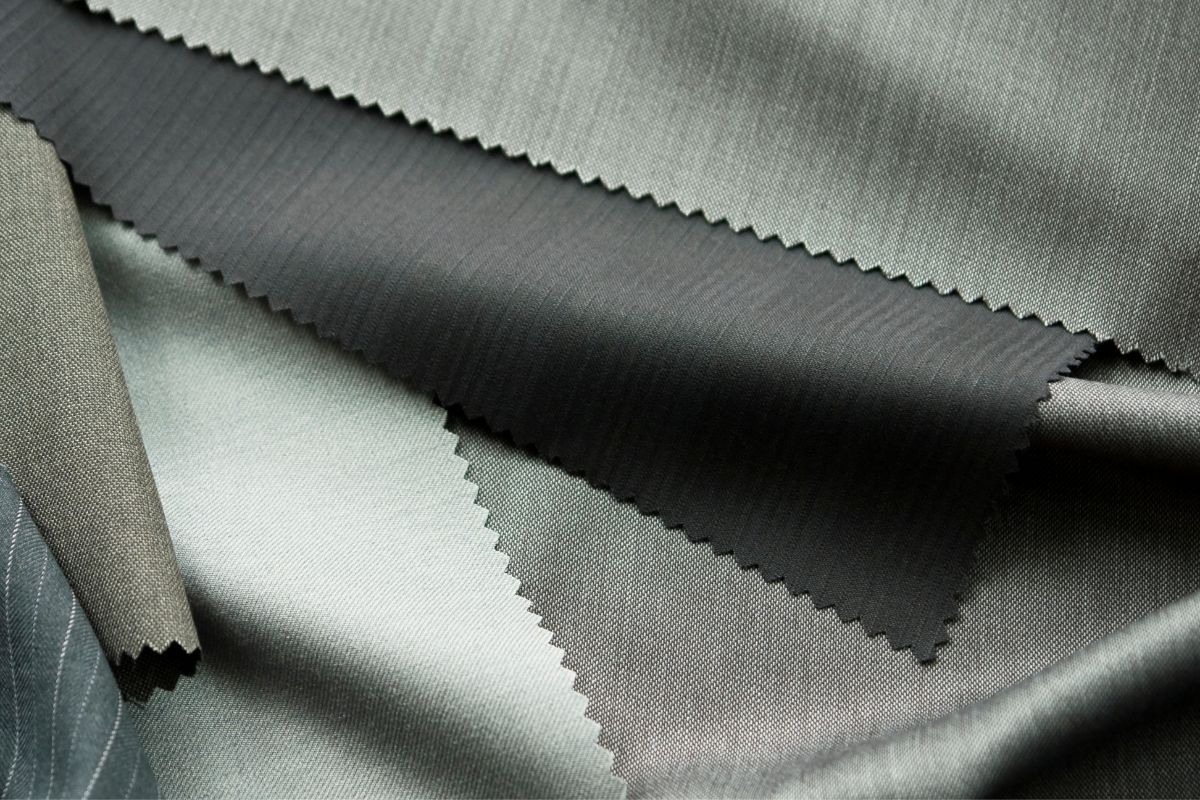
Closer to the feel of a wool carpet, but stain-resistant and colorful, a polyester-blended carpet cargo liner offers the best economy purchase. Many manufacturers offer these cargo liners in colors to match the automakers’ upholstery colors, so you can match the vehicle’s existing interior. This makes it look as if you paid the auto manufacturer for a custom interior.
You can remove these for cleaning in your washing machine.
6. Polyolefin Cargo Liners
The term polyolefin refers to a class of synthetic polymers often combined with rubber to create flexible, durable products. Probably the two best-known polyolefins, polypropylene (PP) and polyethylene (PE), offer recyclable options for use in creating consumer products, such as cargo liners. PP offers a higher melting point and a more rigid finish.
This class of materials offers weather resistance, crack resistance, insulation, water resistance, and an eco-friendly production process that creates no harmful vapors during its manufacture.
6. Canvasback Cargo Liners
The dependable material, canvas, works well for creating shoes, purses, backpacks, and cargo liners. Just as it does on tote bags and other fashion accessories, canvas offers versatility in colors, prints, and patterns. A canvasback cargo liner lets you express your personality or match your vehicle’s interior.
They come in themes, plaids, solid colors, stripes, polka dots, and much more.
7. Thermoplastic Elastomer (TPE) Compound Cargo Liners
Due to environmental concerns, many consumers want products that perform like rubber without its potentially ecologically harmful manufacturing processes. That’s where thermoplastic elastomer (TPE) compound comes into play. This rubber-like material provides a latex-free, PVC-free, lead-free, and cadmium-free material for manufacturing cargo liners.
This flexible material lets you trim to fit the liner to perfectly fit your vehicle’s interior. Instead of that rubbery smell, TPE offers an odorless solution.
Typical Features of Cargo Liners

Today’s cargo liners offer a multitude of features, but you’ll have a tough time finding a cargo liner that features all of the desirable features. Cargo liners can feature the following:
- skid-resistant surface,
- stain-resistant surface,
- water-resistant surface,
- anti-scratch surface,
- non-slip surface,
- all-weather surface,
- high outside lip contains spills to protect carpeting.
1. Skid-resistance
Neither nylon nor polyester carpet fiber cargo liners offer skid-resistant features. Canvasback cargo liners don’t provide skid resistance either. You can find cargo liners made of rubber, PVC, polyolefin, TPE, and plastic that offer this feature.
2. Stain-resistant
Nearly all cargo liners offer stain resistance. Some carpet cargo liners offer this feature because the manufacturer applied a stain-resisting coating, such as Scotch Guard. These carpet liners will tout this feature, so if the packaging does not mention it, it doesn’t feature it.
Cargo liners made from rubber, PVC, polyolefin, TPE, and plastic inherently include this feature.
3. Water-resistant
Cargo liners made from rubber, PVC, polyolefin, TPE, and plastic inherently include this feature. Polyester carpet fibers resist water and when water does spill on these fibers, they dry quickly.
4. Anti-scratch surface
Check the packaging for this feature. Rubber, PVC, TPE, and polyolefin products can offer this feature but don’t inherently. Providing an anti-scratch surface requires an additive.
5. Non-slip surface
Many cargo liners and vehicle flooring carpets offer non-slip surfaces. Typically, this feature comes on products made from rubber, PVC, polyolefin, and TPE.
6. All-weather surface
Typically, only cargo liners made from rubber, PVC, polyolefin, TPE, or plastic offer an all-weather surface. This type of cargo liner often includes a high outside lip that contains spills to protect the vehicle’s carpeting or upholstery. Not all of the all-weather surface cargo liners offer a raised edge or lip.
Methods of Attaching Cargo Liners

You don’t need to get creative when installing your cargo liner or truck bed liner. Each design comes with its own method of attaching cargo liners. The methods differ for cargo liners for the interior and the exterior of a vehicle.
Exterior cargo liners, also called truck bed liners, typically use a fitted form or attach with tie-downs, similar to how the truck bed lids attach. On the interior, cargo liners use one of six methods of attachment:
- Traditional Velcro,
- Adhesive Backing,
- Fitted Straps,
- Wire-Tie Down,
- Ratchet Tie-Down Straps,
- Cargo Liner Clips.
Let’s review each of these methods.
1. Traditional Velcro

A cargo liner that attaches with Velcro typically has a backing side with the Velcro strips already attached. Simply pull off the paper strips that cover the adhesive to place the liner. Press down on each strip once you have it in place to adhere it to the cargo bed.
2. dhesive Backing
The entire liner might feature an adhesive backing, covered by paper. You roll up the liner with the adhesive side down, then lay it similar to laying contact paper. You peel off some of the paper evenly, then place the liner and adhere it to that portion.
As you unroll, you remove the paper and press the liner into place.
3. Fitted Straps

Some cargo liners come with fitted straps that attach around the rear seat and to the cargo handles on the bed of the cargo hold. These elastic straps fit over the seat’s edges to hold the liner in place. These take just minutes to install.
4. Wire-Tie Down
A wire-tie-down cargo liner lets you tie the edges of the liner to the cargo bed handles and the back seat’s release levers. You can reuse the wires and easily tie and untie the liner for easy cleaning.
5. Ratchet Tie-Down Straps
Similar to ratchet tie-down straps used in securing exterior hauls or truck bed lids, this method of attaching a cargo liner lets you easily remove it for cleaning. The straps attach to the rear seats and the cargo bed handles.
6. Cargo Liner Clips
For a quick and easy manner of attaching and unattaching a cargo liner to the cargo bed, use clips. Similar to the clips used to attach a truck bed lid, these clips let you quickly reposition the liner if needed. This method makes it simple to remove the liner for washing.


